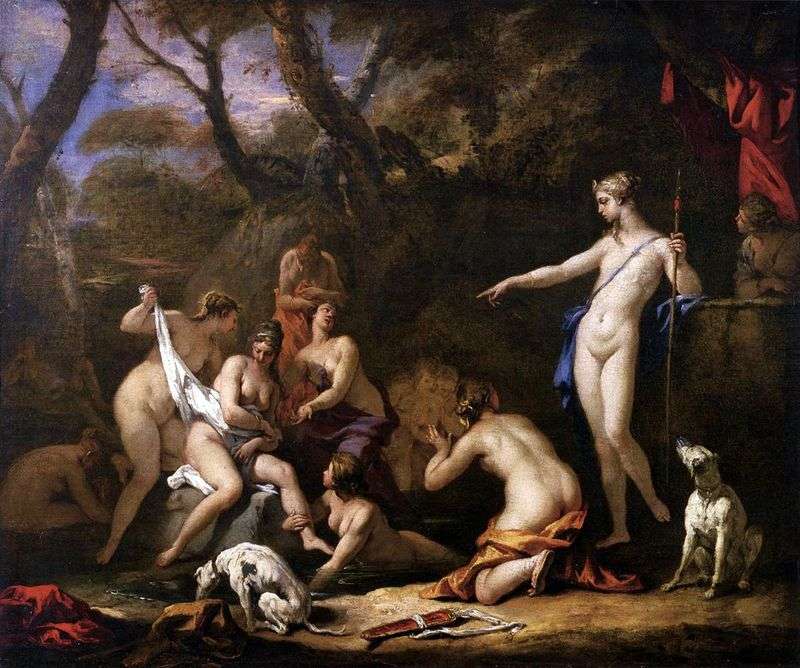
Bathing Diana, which in the III century BC. er was identified with the goddess of the moon, the sister of solar Apollo, the cycle of compositions is devoted. Titian’s canvas on this story enjoyed wide popularity. The virgin hunter was surrounded by her confidantes, chaste nymphs.
One of them, Callisto, was seduced by the high Olympian Zeus. It is obvious that for Sebastian Ricci, an outstanding Venetian artist, the founder of Rococo, the episode with the discovery of the pregnancy of a beautiful nymph became a cause for admiration for the sensual beauty of beautiful women. Their naked bodies, shown in different angles, create an exquisite pattern in the central part of the canvas. The elegance of the posture is highlighted by the great hunting goddess.
The researchers chose the sophistication of the female physique chosen here to refer to the influence of English painting on Ricci during his stay in London. In the period of work on the canvas, he, along with his nephew Marco, painted Burlington House.
In the landscape, the forms seem to dissolve by means of weightlessly light, vibrating strokes. That is how the rococo decorative component was affirmed.
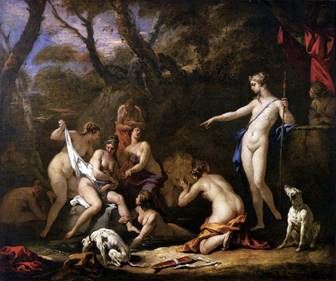 Diana et Callisto – Sebastiano Ricci
Diana et Callisto – Sebastiano Ricci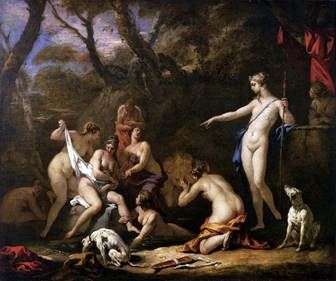 Diana y Calisto – Sebastiano Ricci
Diana y Calisto – Sebastiano Ricci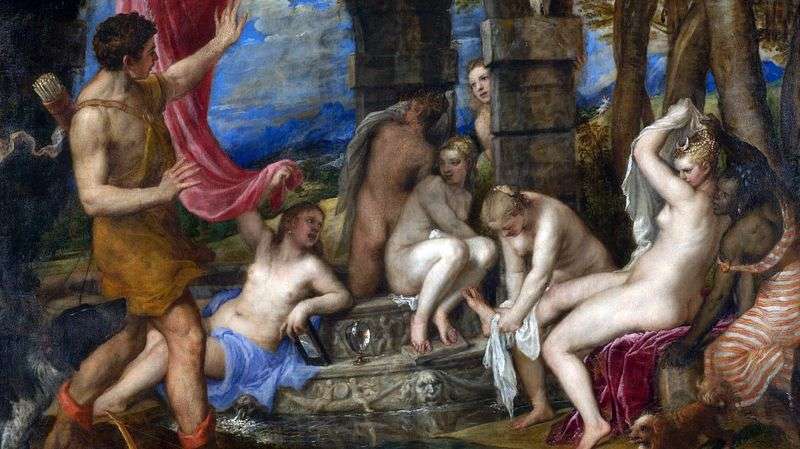 Diane and Actaeon by Bartholomeus Spranger
Diane and Actaeon by Bartholomeus Spranger Apollo and Diana by Lucas Cranach
Apollo and Diana by Lucas Cranach Diana, Endymon and Satyr by Karl Bryullov
Diana, Endymon and Satyr by Karl Bryullov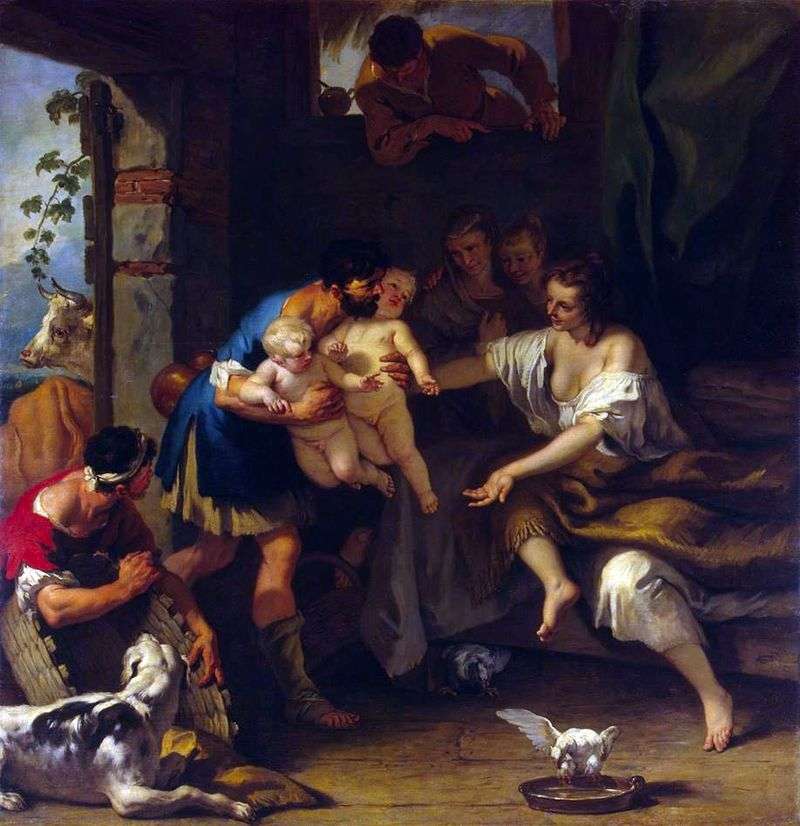 Infancy of Romulus and Remus by Sebastiano Ricci
Infancy of Romulus and Remus by Sebastiano Ricci Susanna and the Elders by Sebastiano Ricci
Susanna and the Elders by Sebastiano Ricci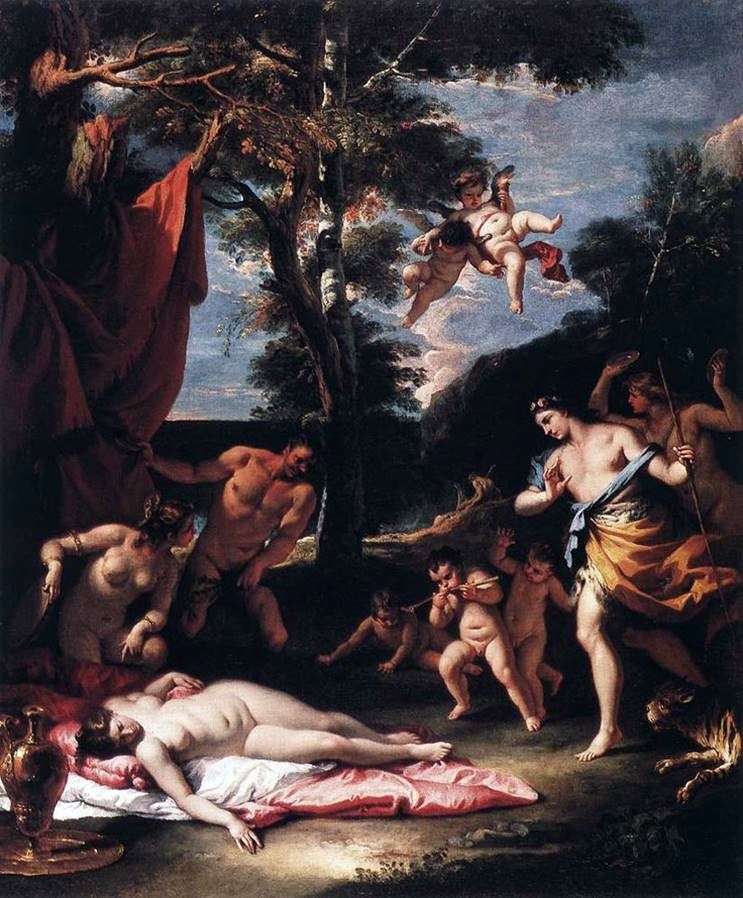 Meeting of Bacchus and Ariadne by Sebastiano Ricci
Meeting of Bacchus and Ariadne by Sebastiano Ricci